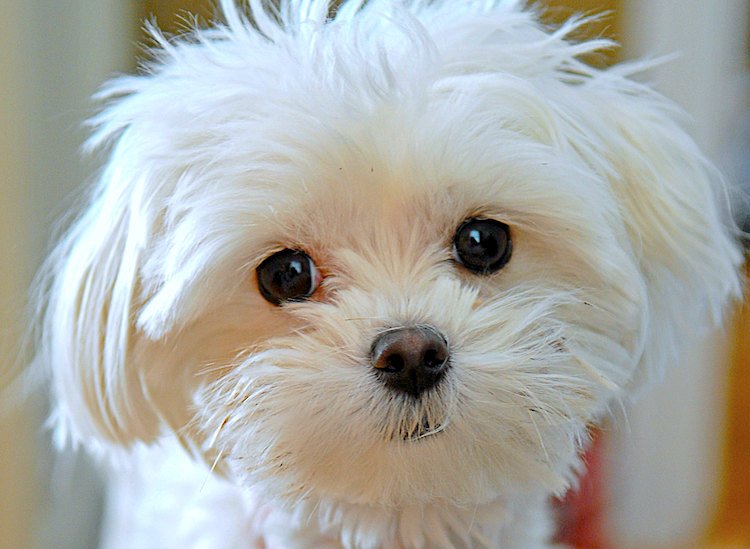
Toy
4-7 lbs.
7-9 in.
12-15 years
1. Key Characteristics of the Maltese
The Maltese is a small, ancient breed of dog who is slightly longer than tall, with low-set ears, large, round eyes and a black nose.
The silky single coat is white or light ivory. The ears can have some tan or lemon coloring.
2. Where the Maltese Comes From
This ancient dog comes from Malta and was a favorite among aristocrats for many centuries.
Dating to the 5th century, Maltese dogs had poems, paintings, sculptures, tombs and ceramic pieces created to honor them by royals. Women reportedly kept the dogs in the sleeves of their clothing and had them sleep at their feet for warmth.
The Maltese appeared at the first Westminster Kennel Club Dog Show in 1877. The American Kennel Club (AKC) added the breed in 1888.

3. How Friendly Is the Maltese?
This toy breed is affectionate, playful, lively, alert and fearless. Maltese are intelligent and can learn many tricks.
They can be difficult to house-train and may suffer from separation anxiety, guarding and excessive barking if spoiled.
Have other dogs and pets? Great — your Maltese will fit right in.
4. Is This the Right Dog for You?
Exercise Needs
MEDIUM: The Maltese is active indoors but enjoys the outdoors — think a small yard or a dog park for daily outings. They do well in apartments with daily walks and play.
The breed can be active and playful well into the senior years. The Maltese loves children, but be sure to talk to your kids about safety for the dog, responsibilities and how to avoid irritating the dog unnecessarily, such as pulling the tail or ears.
Grooming Needs
HIGH: You can put your Maltese’s hair in an iconic ponytail. Others choose a puppy cut, which is shorter and easier to maintain. Brush your Maltese daily, especially longhaired dogs.
Clean the eyes regularly to prevent tear stains from discharge. And don’t forget to clean the facial area after your dog eats to prevent stains from food.
Don’t forget to clean the ears as well. Trim the nails as needed and brush the dog’s teeth regularly, if not daily, because this breed is prone to dental problems.
This breed sheds little and is a good choice for allergy sufferers.
Health Problems
HIGH: The Maltese can have several common health problems:
- Sunburn due to hair parting
- Skin issues
- Eye problems (also tearing and staining)
- Respiratory complications (reverse sneezing and collapsed trachea)
- Luxated patella (i.e., dislocated kneecap)
- Digestive issues
- Granulomatous meningoencephalomyelitis (central nervous system disease)
- Juvenile hypoglycemia
- Liver disorders
- Heart murmurs or genetic defects
- Hip problems
- Tear staining
Dental problems such as the following can cause your Maltese pain:
- Duplicate teeth
- Retained baby teeth
- Teeth growing in crooked
- Gum and periodontal disease
More Stats About the Maltese
| Friendliness | ★★★★☆ |
| Ease of Training | ★★★★☆ |
| Barking/Howling | ★★☆☆☆ |
| Shedding | ★★☆☆☆ |
| Tolerates Being Alone | ★☆☆☆☆ |
| Very Good With Kids | ★★★☆☆ |
The Maltese is awfully cute, as seen in this video:

5. How to Adopt a Maltese
The Maltese can be found in shelters and rescues, so consider searching for an adoptable dog first.
Using a breeder instead? Beware of puppy mill signs — read our list of red flags and this article from a reputable breeder.
References
- “Maltese.” American Kennel Club. https://www.akc.org/dog-breeds/maltese/.
- American Maltese Association. http://www.americanmaltese.org/.
- “Breed History.” Maltese Club (UK). https://www.themalteseclub.co.uk/breed-history/.








